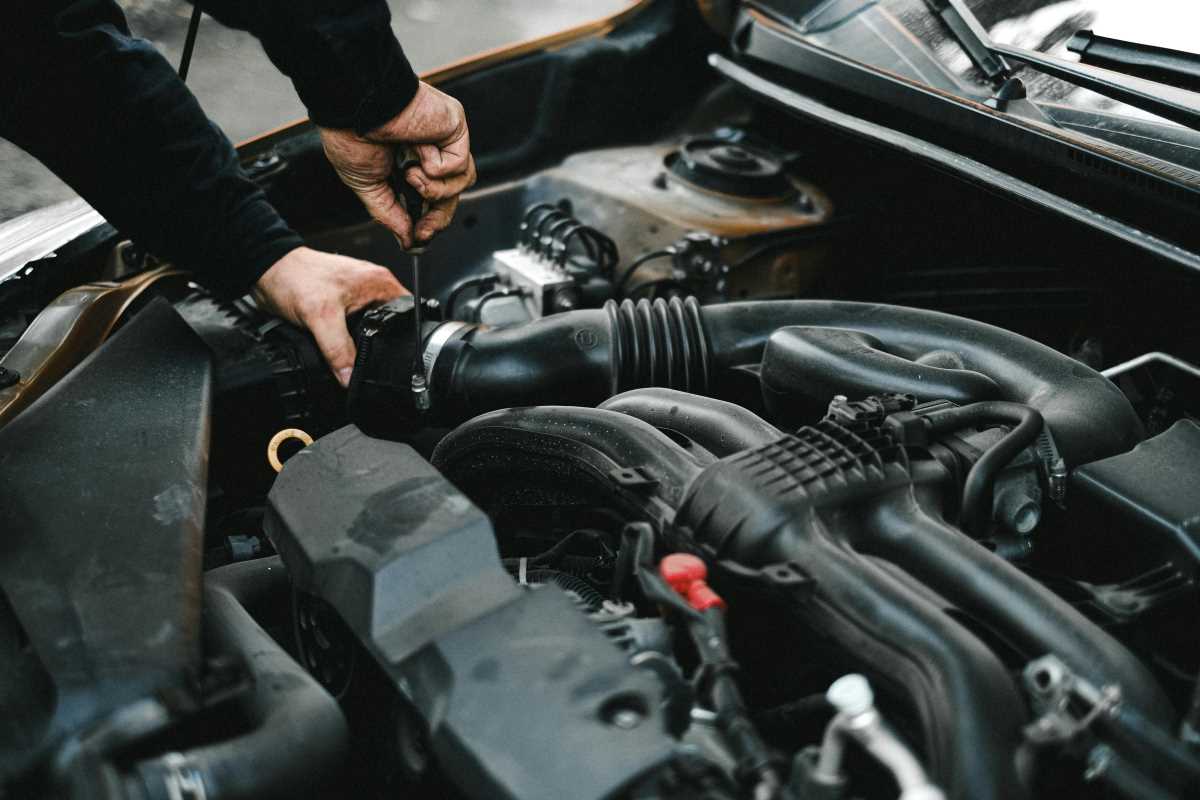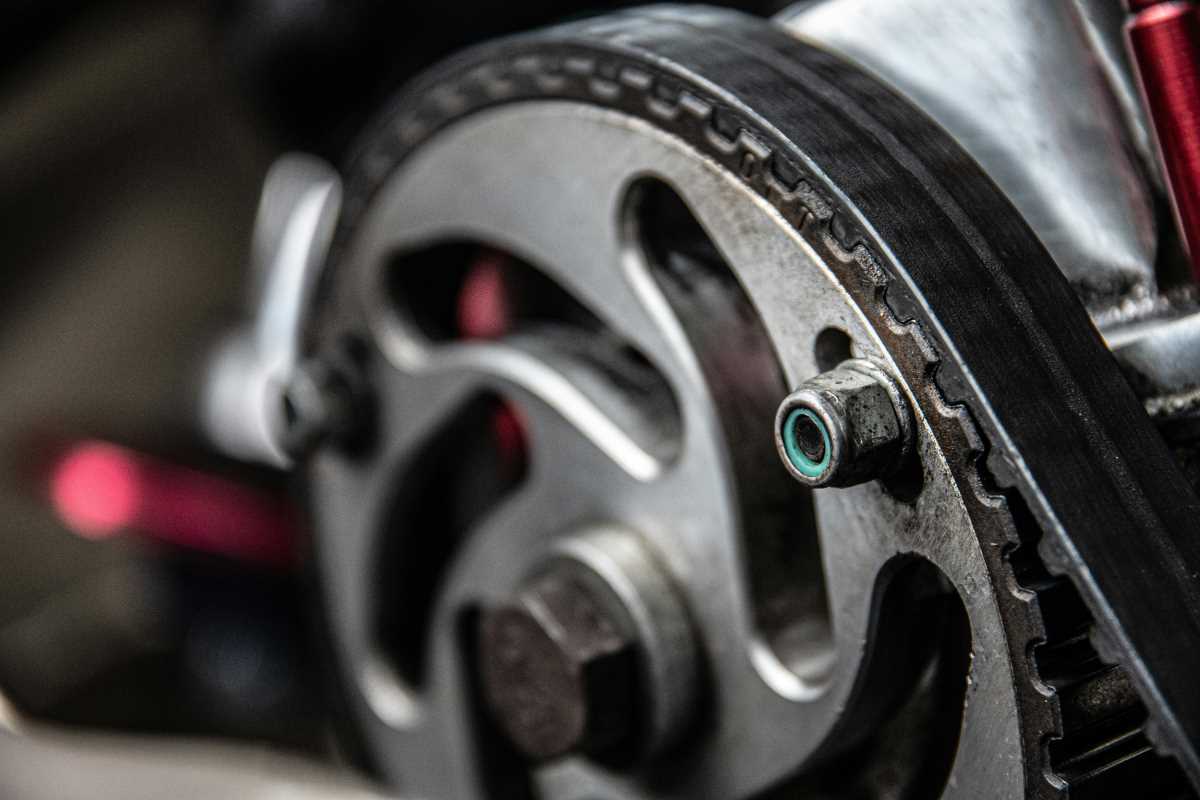When your car struggles to pick up speed or feels sluggish during acceleration, it's frustrating and potentially dangerous. Poor acceleration might indicate a variety of underlying issues, ranging from minor maintenance needs to more serious mechanical problems. This guide will walk you through some common causes of poor acceleration, how to identify them, and what steps to take to fix the issue.
Is Your Air Filter Clogged?
A clogged air filter is one of the simplest yet most common reasons for poor acceleration.
- Why it happens: Your engine needs clean air for combustion. Over time, the air filter becomes clogged with dirt, debris, and dust, restricting the airflow into the engine. This disrupts the air-fuel mixture and reduces engine power.
- Symptoms:
- Sluggishness when stepping on the gas pedal.
- Reduced fuel efficiency.
- Dark smoke from the exhaust.
- How to check: Remove the air filter from its housing (usually located under the hood near the engine air intake) and inspect it for visible dirt or discoloration.
- What to do: Replace a dirty or clogged air filter. It’s an inexpensive fix that can significantly improve performance. Most air filters should be changed every 12,000–15,000 miles or as recommended in your owner’s manual.
Pro Tip: If you frequently drive in dusty conditions, replace your air filter more often to prevent issues.
Do You Have a Failing Fuel Pump?
The fuel pump is responsible for delivering gasoline from the tank to the engine. If it’s failing, your engine may not get enough fuel to accelerate properly.
- Why it happens: A worn or failing fuel pump may struggle to maintain the required fuel pressure, especially during acceleration when demand increases.
- Symptoms:
- Hesitation or jerking when pressing the accelerator.
- Difficulty starting the engine.
- Engine stalling or sputtering at higher speeds.
- How to check: A mechanic can test fuel pump pressure using a fuel pressure gauge. If the pressure doesn’t meet the manufacturer’s specifications, the pump may need replacing.
- What to do: If you suspect a failing fuel pump, visit a professional. Replacing a fuel pump typically requires specialized tools and expertise, as it’s often located inside the gas tank.
Avoid running your car on a nearly empty tank, as this can cause the fuel pump to overheat, shortening its lifespan.
Are Your Spark Plugs Worn Out?
Spark plugs ignite the air-fuel mixture in your engine. When they’re worn or faulty, combustion becomes inefficient, leading to poor acceleration.
- Why it happens: Over time, spark plugs wear out, become dirty, or develop carbon buildup, reducing their ability to ignite fuel effectively.
- Symptoms:
- Hesitation or misfiring during acceleration.
- Engine runs rough or vibrates at idle.
- A noticeable drop in fuel economy.
- How to check: Remove and inspect the spark plugs for signs of wear, such as black carbon deposits, oil contamination, or worn electrode tips.
- What to do: Replace old or damaged spark plugs with ones that meet your car’s specifications. Most spark plugs last between 30,000 and 100,000 miles, depending on the type and material.
Pro Tip: During spark plug replacement, check your ignition coils, as they often fail alongside worn plugs.
Is Your Transmission Slipping?
Transmission issues can directly affect how your vehicle accelerates, especially when it comes to transferring power from the engine to the wheels.
- Why it happens: Transmission slipping occurs when the gears fail to engage properly, leading to lost power and delayed acceleration.
- Symptoms:
- High engine RPMs without corresponding acceleration.
- A lag or hesitation when shifting gears (automatic transmissions).
- Unusual noises like whining or clunking.
- How to check: Check your transmission fluid level and condition. Low or burnt fluid is a common cause of slipping. You can also have a mechanic inspect the transmission for worn internal components.
- What to do: If transmission fluid is low, top it off with the type specified in your owner’s manual. If the fluid smells burnt or is dark in color, replace it. For severe slipping, consult a professional to diagnose and repair the transmission.
Regularly change transmission fluid based on your vehicle’s maintenance schedule to prolong the life of the gearbox.
Is Your Throttle Body Dirty or Malfunctioning?
The throttle body controls the amount of air entering the engine. If it’s dirty or malfunctioning, it can lead to poor acceleration.
- Why it happens: Over time, carbon deposits and grime can build up on the throttle body’s surface, restricting airflow and causing the engine to struggle.
- Symptoms:
- Poor throttle response (a delay when pressing the gas pedal).
- Difficulty maintaining speed.
- Check Engine light may illuminate.
- How to check: Inspect the throttle body for visible buildup. You may need a mechanic to perform a more detailed diagnosis and a throttle body calibration.
- What to do: Clean the throttle body with an approved throttle body cleaner. If the problem persists, consider having it inspected for mechanical or electronic failures.
Reminder: Never clean a throttle body without disconnecting the battery, as it can interfere with the car’s electronic controls.
Is Your Mass Airflow (MAF) Sensor Faulty?
The MAF sensor measures the volume of air entering the engine, allowing the engine control unit (ECU) to adjust the fuel mixture accordingly. A faulty sensor can lead to performance issues.
- Why it happens: The MAF sensor can become dirty or fail over time, providing inaccurate readings to the ECU.
- Symptoms:
- Hesitation or surging during acceleration.
- Engine struggles to idle smoothly.
- Check Engine light with related error codes (retrievable with an OBD-II scanner).
- How to check: Use an OBD-II scanner to identify fault codes related to the MAF sensor. You can also visually inspect the sensor for dust or debris.
- What to do: Clean the MAF sensor with a specialized cleaner. If cleaning doesn’t resolve the issue, the sensor may need replacement.
Avoid using oil-coated air filters, as the oil can cling to the MAF sensor and cause damage.
Do You Have a Clogged Fuel Injector?
Fuel injectors spray gasoline directly into the engine’s combustion chambers. When they become clogged, the fuel delivery becomes inconsistent.
- Why it happens: Over time, deposits from fuel can block the tiny nozzle openings on the injectors, reducing fuel spray quality.
- Symptoms:
- Rough idling or misfires.
- Poor acceleration and reduced power.
- Lower gas mileage.
- How to check: A mechanic can perform an injector flow test to determine if your injectors are delivering the correct amount of fuel.
- What to do: Use a fuel system cleaner for minor clogs. If the issue persists, have the injectors removed and professionally cleaned or replaced.
Using high-quality gasoline with detergent additives can help prevent injector clogging.
 (Image via
(Image via





